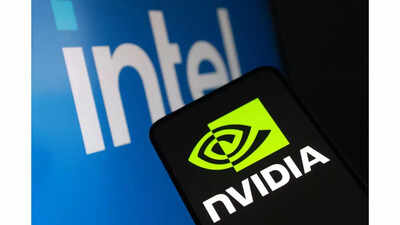Intel Challenges Nvidia and AMD with New AI Chip for Data Centers
Intel has announced it will launch a new artificial intelligence (AI) chip, named Crescent Island, for data centers next year. This marks a significant push to compete in the AI chip market, currently led by Nvidia and AMD.
Key Takeaways
- Intel’s ‘Crescent Island’ AI chip focuses on energy efficiency and AI inference tasks.
- The company is adopting an open, modular strategy, allowing customers to mix chips from different vendors.
- Intel plans an annual release cycle for new data center AI chips, matching rivals.
The new chip is optimized for a wide range of AI applications, particularly inference—the process of using a trained AI model to make predictions.
It emphasises that focus that I talked about earlier, inference, optimized for AI, optimized, optimized for delivering the best token economics out there, the best performance per dollar out there,
said Intel CTO Sachin Katti at the Open Compute Summit.
An Open and Flexible AI Strategy
Intel is positioning itself as a flexible alternative to Nvidia’s integrated ecosystem. Its ‘mix and match’ approach means businesses struggling to procure enough Nvidia GPUs could supplement their needs with Intel chips to meet computational demands.
Crescent Island Technical Specs
The Crescent Island chip will feature 160GB of a slower type of memory compared to the high-bandwidth memory used by competitors. It will be based on a design Intel has used for its consumer graphics cards, though the specific manufacturing process was not disclosed.
Intel committed to a yearly release cadence for new data center AI chips, aligning with the pace set by AMD, Nvidia, and major cloud providers.
Instead of trying to build for every workload out there, our focus is increasingly going to be on inference,
Katti reiterated.
In a related development, Nvidia recently announced a $5 billion investment in Intel, acquiring a roughly 4% stake. This partnership aims to co-develop future PC and data center chips, reinforcing Intel’s goal of having its central processors in every AI system sold.




